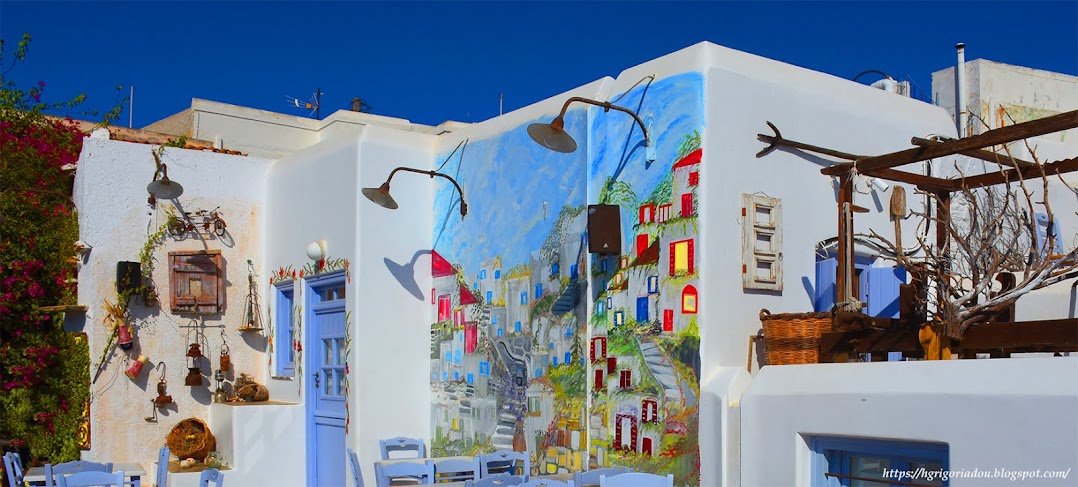 |
Traveling through Uzbekistan’s Silk Road cities today is like a journey through living history. In so many fascinating ways, the past and present live side by side. |
Here are some of my favorite memories from a journey through Samarkand.
I'd known of the impressive architecture and i'd seen pictures of its… but nothing prepare me for the scope of some of these incredible structures. It’s hard to express the beauty in words!!!
"If it is said that a paradise is to be seen in this world, then the paradise of this world is Samarkand".
--quoted by Ata-Malik Juvaini.
Samarkand is one of the most ancient cities in the world. The historic
town, located in a large oasis in the valley of the Zerafshan River, in the
north-eastern region of Uzbekistan, is considered the crossroads of world
cultures with a history of over two and a half millennia.In 2001, Samarkand was inscribed on the Unesco World Heritage List.
The Registan Square is the heart of Samarkand. The word Registan means "sandy place". The Registan ensemble consists of the Ulugbek madrasah (1417-1420), the Tilya-Kari madrash (1646-1660), and the Sher-Dor madrash (1619-1336). Madrasah was Muslim educational institution where clergymen, statesmen and scientists were trained.
The ensemble of the tree madrasahs is a unique example of town planning and an excellent model of architectural design of the main square of the city. It’s hard to express the beauty in words!!! The architecture and townscape of Samarkand are masterpieces of Islamic cultural creativity.
The major monuments include the Registan mosque and madrasahs,
originally built in mud brick and covered with decorated ceramic tiles, the
Bibi-Khanum Mosque and Mausoleum, the Shakhi-Zinda compound, which contains a
series of mosques, madrasahs and mausoleum, and the ensembles of Gur-Emir and
Rukhabad, as well as the remains of Ulugh-Bek’s Observatory.
Zhah-i-Zinda is the “most unique place in Samarkand”.
The name Shah-i-Zinda, ‘the living king’, refers to Kusam ibn Abbas (also spelled Qutham ibn Abbas, Qusam ibn Abbas), the Prophet Muhammad’s cousin, who came to Samarkand from Mecca to propagate Islam in the 7th century.
This collection of
mausoleums with the wonderful glazed tiles is definitely worth it. The complex,
a UNESCO World Heritage Site, is a major Samarkand tourist attraction and an
important Islamic holy site.
Whatever your religious beliefs are, you will sense the spiritual
aura of this site.
Archeological studies indicated that the earliest Shah-i-Zinda
mausoleums date back to the 11th - 12th centuries, with only some of their
foundations and tombstones surviving.
Most of the buildings date back to the
14th - 15th centuries. The portal and a few buildings at the foot of the hill
are the youngest, built in the 19th century.
The Gur-Emir is a place where Timur, his sons and grandsons are buried.Timur (1336 – 1405), Tamerlane in English (from
Persian: Timūr-e Lang, “Timur the Lame”), was a 14th-century conqueror of West,
South and Central Asia, and the founder of the Timurid dynasty (1370–1405) in
Central Asia, and great-great-grandfather of Babur, the founder of the Mughal
Dynasty, which survived as the Mughal Empire in India until 1857.
Timur is his
Turkic name, which means ‘iron’. In his life time, he has conquered more than
anyone else except for Alexander. His armies crossed Eurasia from Delhi to
Moscow, from the Tien Shan Mountains of Central Asia to the Taurus Mountains in
Anatolia. From 1370 till his death 1405, Temur built a powerful empire and
became the last of great nomadic leaders.
The masterpiece of medieval architecture
– mausoleum Guri-Emir holds the important place in the history of the world
Islamic architecture.
Gur-Emir served as a prototype for such important
monuments as mausoleum Humayun in Delhi and mausoleum Taj-Mahal in Agra.
Bibi-Khanym Mosque is a famous historical Friday mosque.
The Bibi-Khanym mosque (“The Oldest Wife”, according to a legend, it was built by Timur’s oldest wife Sarai-Mulk-Khanym) used to have a different name the Juma Mosque of Samarkand, where thousands of male Muslims came to pray.
In fact, the mosque was built in 1399-1404 by order of Amir Timur after his return from one of Indian campaigns. Architects, artists and craftsmen from many countries were involved in the construction process and used their rich experience and traditions to create this grandiose complex.
Today several constructions have been preserved:
the portal, the mosques, the small mosques and the minaret.





















